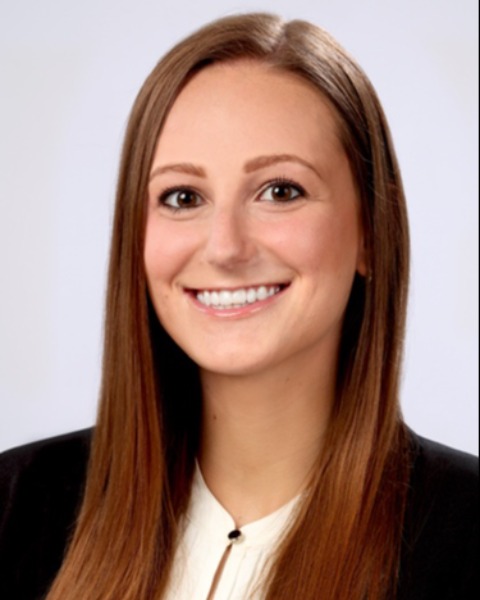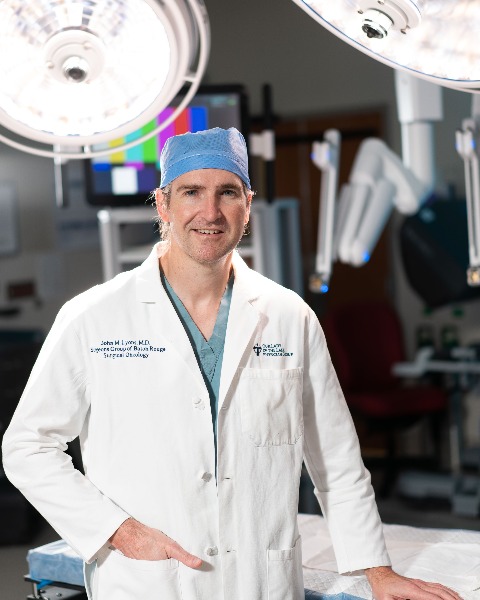Disparities in Surgical Oncologic Care
E139: Impact of Louisiana Medicaid Expansion on Disparities in Pancreatic Cancer

Hannah Malinosky, BS (she/her/hers)
Medical Student
LSUHSC New Orleans
New Orleans, Louisiana, United States
Hannah Malinosky, BS (she/her/hers)
Medical Student
LSUHSC New Orleans
New Orleans, Louisiana, United States
Hannah Malinosky, BS (she/her/hers)
Medical Student
LSUHSC New Orleans
New Orleans, Louisiana, United States- AC
Andrew Chapple, PhD
Assistant Professor
LSUHSC New Orleans, United States - MH
McKenzie Hargis, n/a
Medical Student
LSUHSC New Orleans, United States - MA
Mohammad Al Efishat, MD
Clinical Assistant Professor
LSUHSC New Orleans, United States 
John M. Lyons, III, MD, FACS, FSSO
Surgical Oncologist
LSUHSC Baton Rouge
Baton Rouge, Louisiana, United States- JW
James Watson, MD, FACS
Clinical Professor
LSUHSC New Orleans, United States - MM
Mary Maluccio, MD
Clinical Professor
LSUHSC New Orleans, United States - VN
Valentine Nfonsam, MD, MS, FACS, FASCRS
Surgery Chair
LSUHSC New Orleans, United States - OM
Omeed Moaven, MD, FACS
Clinical Assistant Professor
LSUHSC New Orleans, United States
ePoster Abstract Author(s)
Submitter(s)
Author(s)
Pancreatic ductal adenocarcinoma (PDAC) is the third leading cause of cancer-related deaths and access to multidisciplinary care is fundamental. State-based Medicaid expansions have been associated with increased insurance coverage and access to care. The aim of the study was to evaluate the impact of the 2016 Louisiana Medicaid expansion on disparities in PDAC in Louisiana.
Methods:
Data was collected from the Louisiana Tumor Registry (LTR) for the years 2013-2020. Unadjusted Fisher exact and Wilcoxon rank sum testing were performed. Multivariable logistic regression was performed, and average estimated treatment effects were computed from the predicted probabilities of each outcome. Multivariable Cox regression was performed to evaluate if Medicaid expansion impacted the risk of death between races.
Results:
A total of 5,926 patients with PDAC were included in the study. A higher proportion of Medicaid patients (7.2% vs. 10.7%, p=< .001) and a lower proportion of uninsured patients (4.2% vs. 1.5%, p=< .001) were observed post-expansion. Rates of neoadjuvant therapy and systemic therapy were increased for all patients (17.5% vs. 30%, p=< .001 and 49.6% vs. 52.7%, p=.017). Before 2016, white patients were estimated on average 10.5% to be more likely to receive neoadjuvant treatment than black patients (aOR=2.36, 95% CI=1.35-4.14, p=.003) and following the expansion, white patients were an estimated 8.9% more likely to receive neoadjuvant therapy than black patients (aOR=1.59, 95% CI=1.07-2.36, p=.021). Before expansion, white patients were an estimated 6.9% more likely to receive any treatment than black patients (aOR=1.38, 95% CI=1.15-1.65, p=< .001). The observed disparity was no further significant post-expansion (aOR=1.08, 95% CI=0.91-1.29, p=.36). White patients had a decreased risk of death both before and after the expansion when compared to black patients. The risk of mortality from PDAC among black patients demonstrated a decline after Medicaid expansion compared to pre-expansion.
Conclusions:
The disparity in receipt of any treatment between black and white PDAC patients = diminished after the Medicaid expansion. White patients are still more likely to receive neoadjuvant therapy and maintain a decreased risk of death compared to black patients post-expansion, while this gap has narrowed post-expansion. The findings in this study are instrumental in advocating for policy change and further Medicaid expansion.
Learning Objectives:
- Upon completion, participant will be able to describe the disparities that exist in pancreatic cancer management in Louisiana.
- Upon completion, participant will be able to identify changes in pancreatic cancer disparities post-Medicaid expansion.
- Upon completion, participant will be able to list actionable items for policy change related to Medicaid expansion.
